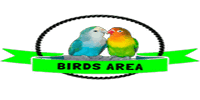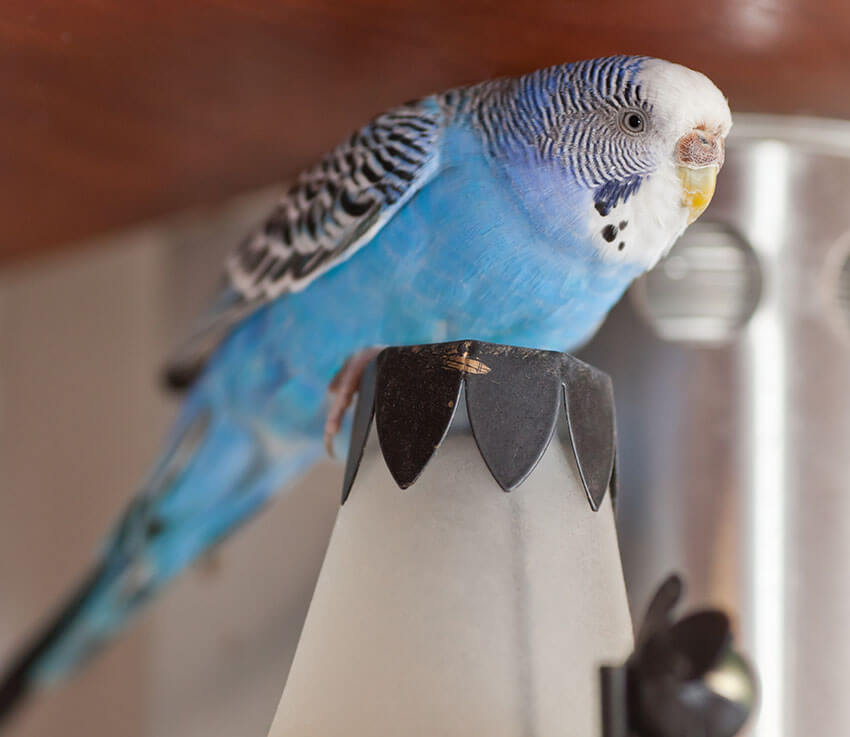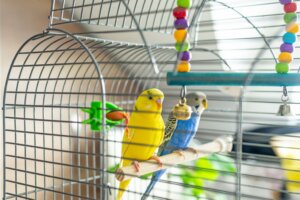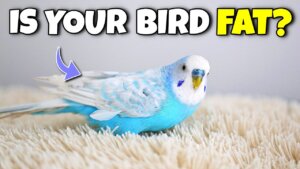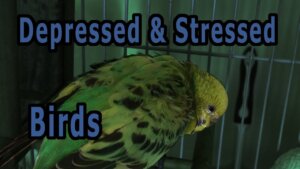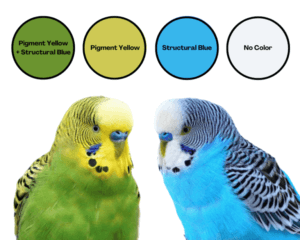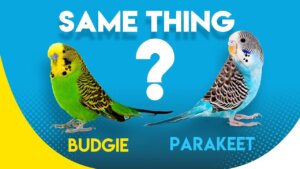Can A Budgie Survive Without A Beak?
A budgie cannot survive without a beak. The beak is essential for eating, grooming, and other daily activities.
Budgies rely heavily on their beaks for survival. Their beak functions as both a tool and a weapon. It helps them eat, groom, and interact with their environment. Without a beak, a budgie cannot effectively feed itself. This leads to malnutrition and other health issues.
The beak also plays a role in communication and social interactions. Losing this vital body part severely impacts the bird’s quality of life. It is crucial to ensure that budgies maintain healthy beaks. Regular check-ups and proper care are essential for their well-being.

Credit: pxhere.com
Importance Of A Beak
A budgie’s beak is crucial for its survival. It plays several vital roles. Without it, life becomes very challenging for the bird. Let’s explore why a beak is so important.
Functions Of A Beak
The beak is more than just a mouth. It serves many functions essential for a budgie’s daily life.
- Eating: Budgies use their beaks to eat seeds and fruits.
- Grooming: They preen their feathers to stay clean and healthy.
- Nesting: The beak helps in building and maintaining nests.
- Defense: Budgies defend themselves using their beaks.
Role In Daily Life
In a budgie’s daily life, the beak is indispensable. It impacts almost every activity they do.
- Eating: The beak helps them crack open seeds.
- Drinking: It helps scoop up water.
- Playing: Budgies use their beaks to play with toys.
- Communication: They also use their beaks to communicate with other budgies.
Without a beak, a budgie struggles immensely. They find it hard to eat, drink, and groom. Their overall health declines quickly.
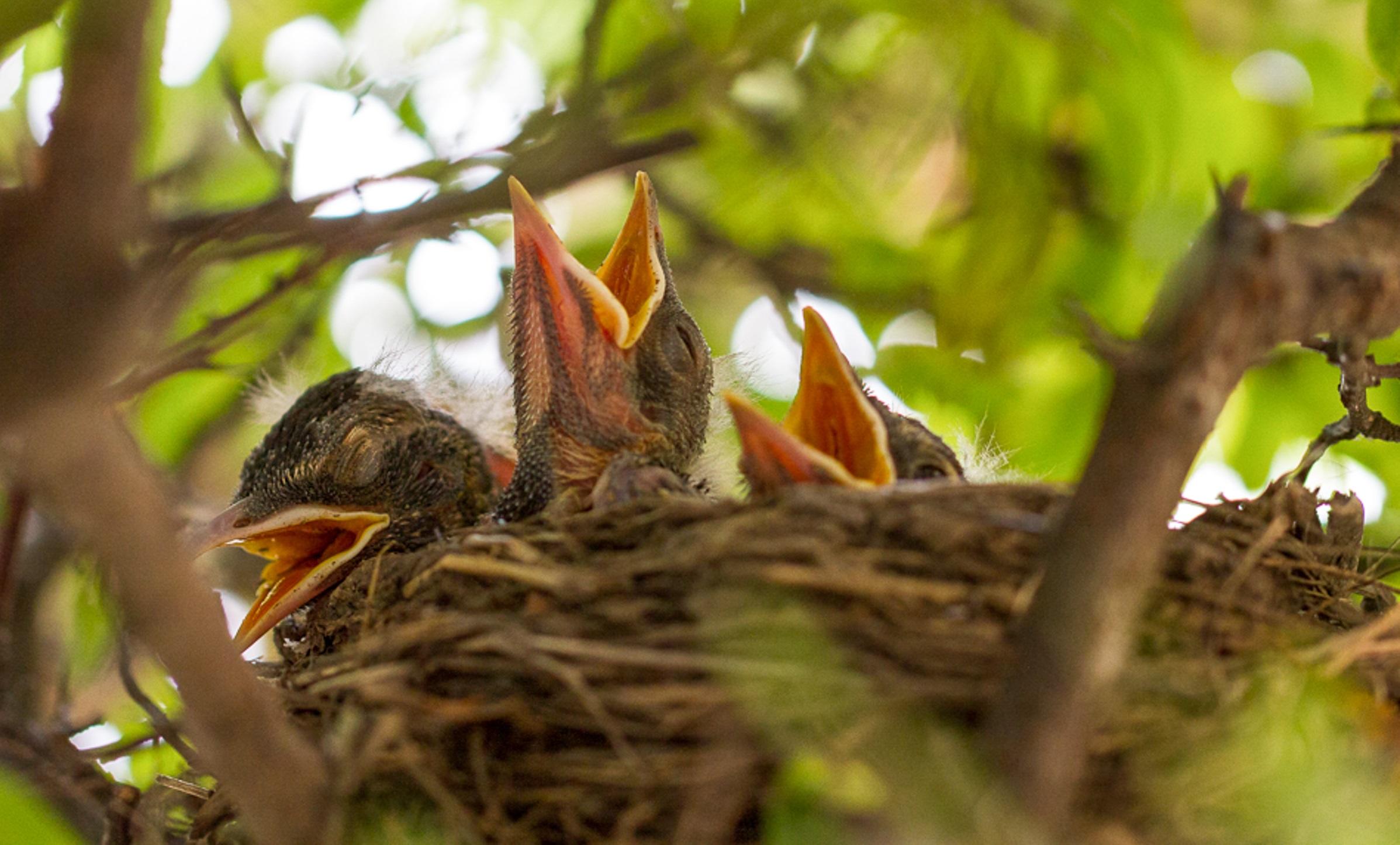
Credit: ny.audubon.org
Causes Of Beak Loss
Beak loss in budgies can occur due to various reasons. Understanding these causes helps in taking preventive measures. Let’s explore the primary causes of beak loss.
Injuries
Injuries often lead to beak loss in budgies. These injuries can happen due to accidents or fights. Sharp objects in the cage can cause severe damage. Budgies may also injure their beak by flying into hard surfaces. Immediate care is crucial to prevent further complications.
Diseases
Diseases can also result in beak loss. Psittacine Beak and Feather Disease (PBFD) is a common cause. This viral infection weakens the beak structure. Bacterial infections can cause beak deformities and eventual loss. Fungal infections may also affect the beak’s health. Regular check-ups help in early detection and treatment.
Immediate Care
In the unfortunate event that your budgie loses its beak, immediate care is essential. This section will guide you through the crucial steps to take right away. Quick actions can help stabilize your pet and increase its chances of recovery.
First Aid
First aid is the first step in caring for a budgie without a beak. Follow these steps:
- Gently wrap the budgie in a soft towel to keep it calm.
- Examine the injury carefully and look for any signs of bleeding.
- Use a clean cloth to apply gentle pressure if there is bleeding.
- Ensure the bird is kept warm and in a quiet place.
Offering a soft, liquid diet can help the bird get some nutrition. Use a syringe to feed a mix of water and baby bird formula.
Veterinary Assistance
Getting veterinary assistance is critical for a budgie with a missing beak. Contact an avian vet immediately. Here’s what to expect:
- The vet will assess the injury and check for other damages.
- They may provide pain relief and antibiotics to prevent infection.
- The vet will discuss long-term care options, including prosthetics.
The vet can also guide you on how to modify the bird’s diet for easier feeding. Follow all the vet’s instructions carefully to ensure the best care for your budgie.
| Immediate Care Steps | Details |
|---|---|
| Wrap in a towel | Keep the budgie calm and secure. |
| Check for bleeding | Apply gentle pressure if needed. |
| Keep warm | Place in a quiet, warm area. |
| Contact vet | Seek immediate professional help. |
Feeding Adaptations
Budgies can live without a beak, but they need special care. Feeding adaptations are crucial for their survival and health. This section will explore how to feed a budgie without a beak.
Soft Foods
Budgies without beaks need soft foods. These foods are easy to eat and digest. Consider offering the following:
- Mashed fruits: Bananas and apples are good choices.
- Cooked vegetables: Carrots and peas work well.
- Soft grains: Cooked rice and oatmeal are easy to consume.
Ensure the food is in small, manageable pieces. Avoid hard or large chunks, which can be difficult for the budgie to handle.
Feeding Techniques
Feeding a budgie without a beak requires specific techniques. Here are a few effective methods:
- Syringe feeding: Use a small syringe to offer soft food. This method ensures the bird gets enough nutrients.
- Spoon feeding: Use a small spoon to offer mashed foods. This technique allows the budgie to eat at its own pace.
- Hand feeding: Gently place food near the bird’s mouth. This method can be comforting for the budgie.
Always be patient and gentle while feeding. Watch the budgie’s reactions and adjust as needed.
| Food Type | Feeding Method | Notes |
|---|---|---|
| Mashed Fruits | Spoon feeding | Ensure fruits are soft and ripe. |
| Cooked Vegetables | Hand feeding | Vegetables should be soft and finely chopped. |
| Soft Grains | Syringe feeding | Grains should be fully cooked and mushy. |
Feeding adaptations are vital for budgies without beaks. Soft foods and proper techniques ensure they stay healthy and happy.
Long-term Health
Ensuring the long-term health of a budgie without a beak is crucial. A beak is essential for eating, grooming, and other daily activities. Without it, a budgie faces unique challenges. This section covers nutritional needs and monitoring weight to keep your budgie healthy.
Nutritional Needs
Feeding a budgie without a beak requires special care. Regular bird food won’t work. You must provide soft, easy-to-eat foods. Here are some good options:
- Mashed vegetables
- Soft fruits
- Cooked grains
- Specially formulated bird pellets
Use a shallow dish for feeding. This makes it easy for the budgie to access food. Ensure the food is nutrient-rich to meet all dietary requirements.
Monitoring Weight
Regular weight checks are important. A sudden drop in weight can signal health issues. Use a small, accurate scale for this task.
| Weight | Health Status |
|---|---|
| 30-35 grams | Healthy |
| Below 30 grams | Underweight |
| Above 35 grams | Potential Overweight |
Track your budgie’s weight weekly. Document any changes. Seek veterinary advice if you notice unusual weight trends.
Keeping a budgie healthy without a beak is a challenge. Focusing on nutritional needs and monitoring weight can help. These steps ensure your budgie enjoys a long, healthy life.

Credit: www.reddit.com
Environmental Adjustments
Caring for a budgie without a beak needs special attention. The environment must be safe and comfortable. Below are ways to modify their habitat.
Cage Modifications
Choose a cage with horizontal bars. This helps the budgie to climb easily. Ensure the cage is spacious. The bird needs room to move around. Use soft perches instead of hard ones. This prevents injuries to their sensitive face. Place food and water dishes at low levels. The bird should reach them without difficulty.
Safety Measures
Remove sharp objects from the cage. The budgie could hurt itself. Use soft bedding material. This avoids further injuries. Ensure there are no small gaps in the cage. The bird could get stuck and harm itself. Create a calm environment around the cage. Loud noises can stress the bird.
Behavioral Changes
Budgies are small, vibrant birds that captivate many hearts. Losing a beak can profoundly affect their behavior. Observing these changes helps us understand their needs better.
Stress Indicators
Stress in budgies manifests through several indicators:
- Feather Plucking: Budgies may pluck their feathers due to stress.
- Vocal Changes: They might chirp less or more than usual.
- Reduced Activity: A stressed budgie may become less active.
These signs highlight the bird’s distress. Immediate attention can help alleviate their discomfort.
Social Interactions
Social behaviors also change in budgies without a beak:
- Isolation: They may isolate themselves from other birds.
- Aggression: Increased aggression towards cage mates can occur.
- Dependency: They might become more dependent on their human caretakers.
Understanding these behaviors aids in providing better care and support.
| Behavioral Change | Description |
|---|---|
| Feather Plucking | Budgie pulls out its feathers due to stress. |
| Vocal Changes | Altered chirping patterns indicating distress. |
| Isolation | Stays away from other birds. |
| Aggression | Acts aggressively towards other birds. |
| Dependency | Relies more on humans for comfort. |
Prognosis And Quality Of Life
A budgie without a beak faces significant challenges. The beak is essential for eating, grooming, and climbing. Understanding the prognosis and quality of life for a budgie without a beak helps in making informed decisions. This section covers important aspects such as recovery chances and life expectancy.
Recovery Chances
The chances of recovery depend on several factors. These include the extent of beak loss, age, and overall health. A budgie with partial beak loss might adapt better. Full beak loss poses severe complications. Here are some key points to consider:
- Veterinary Care: Immediate medical attention is crucial.
- Nutrition: Special diets can help maintain health.
- Adaptation: Some budgies adapt to beak loss with proper care.
Regular check-ups improve recovery chances. Support from a vet ensures the best possible outcome.
Life Expectancy
Life expectancy varies for budgies without a beak. Factors such as care quality and health condition play a vital role. Here’s a brief overview:
| Condition | Life Expectancy |
|---|---|
| Partial Beak Loss | Can live a near-normal lifespan with care. |
| Full Beak Loss | Significantly reduced lifespan. |
Providing a stress-free environment enhances life quality. Special feeding techniques help maintain nutrition. A budgie’s mental well-being is as important as physical health. Regular social interactions and stimulating activities contribute to a healthier life.
Frequently Asked Questions
Can A Budgie Live Without A Beak?
A budgie cannot live without its beak. The beak is essential for eating, drinking, and grooming. Without it, survival is challenging.
How Does A Damaged Beak Affect Budgies?
A damaged beak can severely affect a budgie’s ability to eat and drink. It can also cause pain and infection.
Can A Vet Fix A Budgie’s Broken Beak?
Yes, a vet can often repair a budgie’s broken beak. Treatment options include trimming, shaping, or using prosthetics.
What Causes Beak Problems In Budgies?
Beak problems in budgies can be caused by trauma, infections, nutritional deficiencies, or genetic factors. Regular vet check-ups are essential.
Conclusion
A budgie can face severe challenges without a beak, impacting its ability to eat and groom. Veterinary care is crucial for such cases. With proper attention and specialized care, survival is possible. Always consult a professional for the best course of action.
Your pet’s health should always come first.
Hello Dear, I'm Poli Kolymnia, owner of many birds (including budgies).
With a deep passion for these feathered companions, I'm here to share my expertise and extensive knowledge on birds care.
My articles cover essential topics like diet, housing, care, and health, providing practical tips to help you create a happy and thriving environment for your birds.
